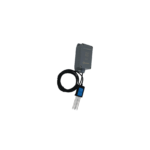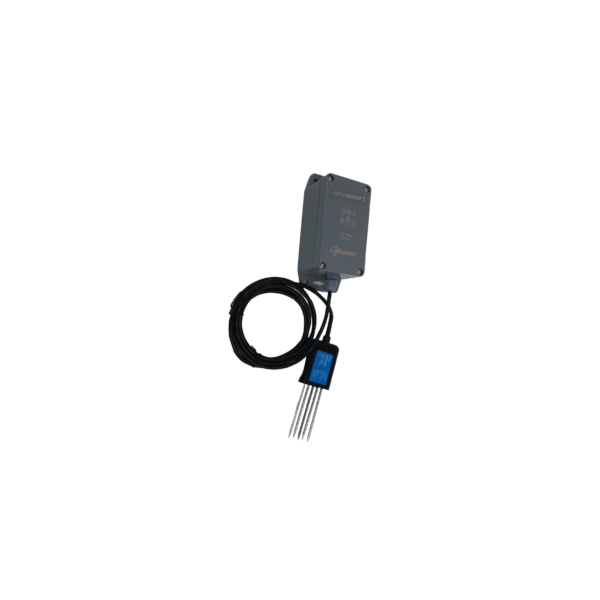Soil NPK Sensor
Helps develop data-driven fertilization strategies by accurately measuring the levels of Nitrogen (N), Phosphorus (P), and Potassium (K) in agricultural soils. The measured data is transmitted to IoT platforms via LoRaWAN technology and can be monitored remotely. Thanks to its durable IP67 waterproof probe, the sensor can be embedded directly into the soil and operate reliably for long periods. The device is battery-powered and very easy to install; once the probe is placed, the data collection process starts automatically.
By default, the sensor sends data every 15 minutes, and this interval can be adjusted according to specific needs through the IoT interface. On the ZenoSmart platform, data can be tracked in daily, weekly, or monthly reports. It ensures timely and accurate fertilization, preventing over- or under-fertilization, protecting soil quality, and reducing the risk of environmental pollution. In this way, plant growth and crop quality are maximized.
- Product Features
- Files
- FAQ
| Specification | Details |
|---|---|
| Network Protocol | LoRaWAN 1.0.3 Class A (Low-power, bidirectional communication) |
| Power Consumption | Ultra low |
| Monitoring Capabilities | Measures soil Nitrogen (N), Phosphorus (P), and Potassium (K) using TDR |
| Supported Frequency Bands | EU433, US915, EU868, AS923, AU915 |
| Configuration & Setup | Optional pre-configuration available |
| Data Transmission | Periodic uplink data to the cloud; downlink communication from gateway to module |
| Protection | IP66 Waterproof Enclosure / IP68 NPK Probe |
| Battery | 4000mAh, 8500mAh, or 19,500mAh Li-SOCl₂ (Estimated lifespan up to 10 years) |
1. How long does the battery last in the NPK soil sensor?
The device offers different battery options (4000mAh, 8500mAh, or 19,500mAh Li-SOCl₂) with an estimated lifespan of up to 10 years depending on usage and transmission intervals.
2. Is the sensor suitable for outdoor agricultural environments?
Yes. The device is protected by an IP66 waterproof enclosure and comes with an IP68-rated NPK probe, making it highly resistant to harsh weather conditions and soil moisture.
3. How does the sensor transmit soil data to the cloud?
The device uses LoRaWAN® 1.0.3 Class A protocol for low-power, bidirectional communication. It periodically sends uplink data to the cloud and supports downlink commands from the gateway for remote configuration.






